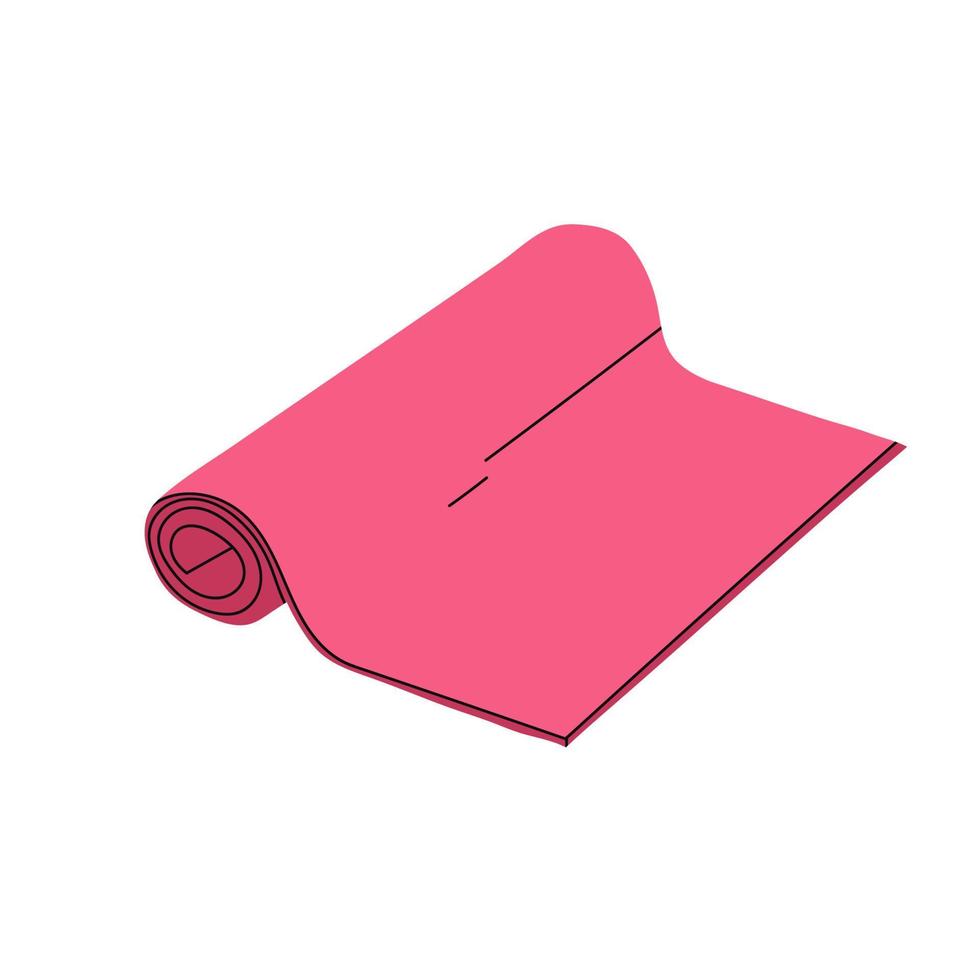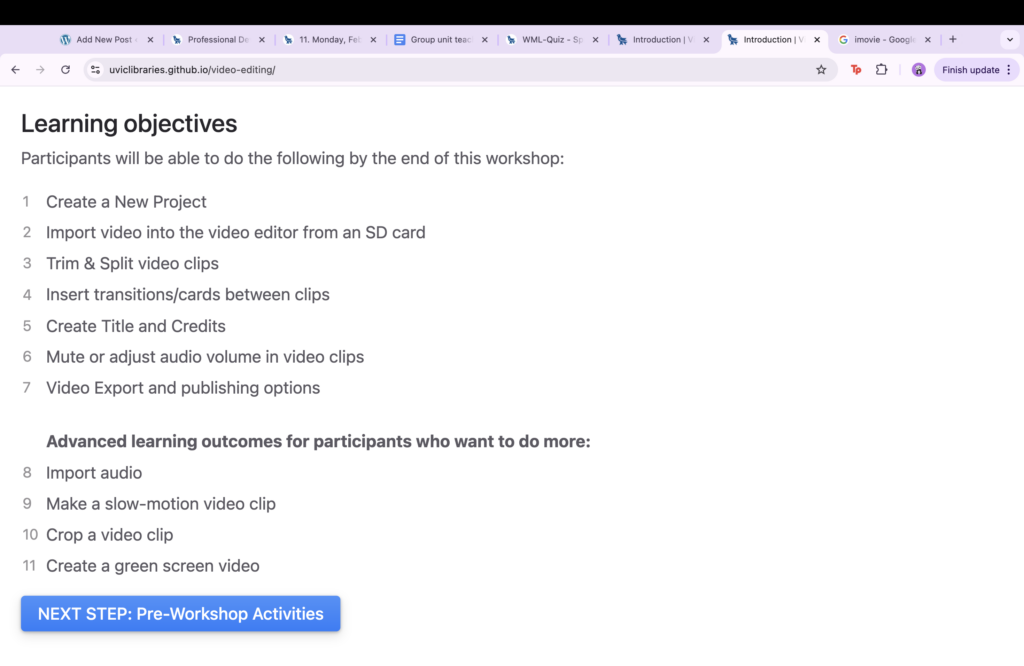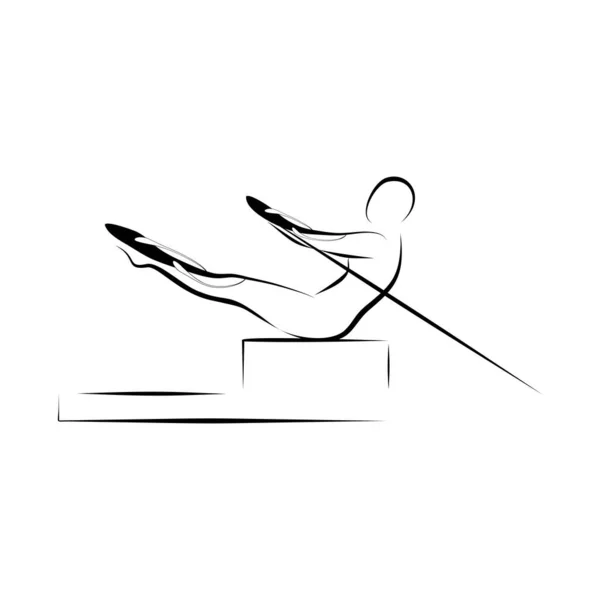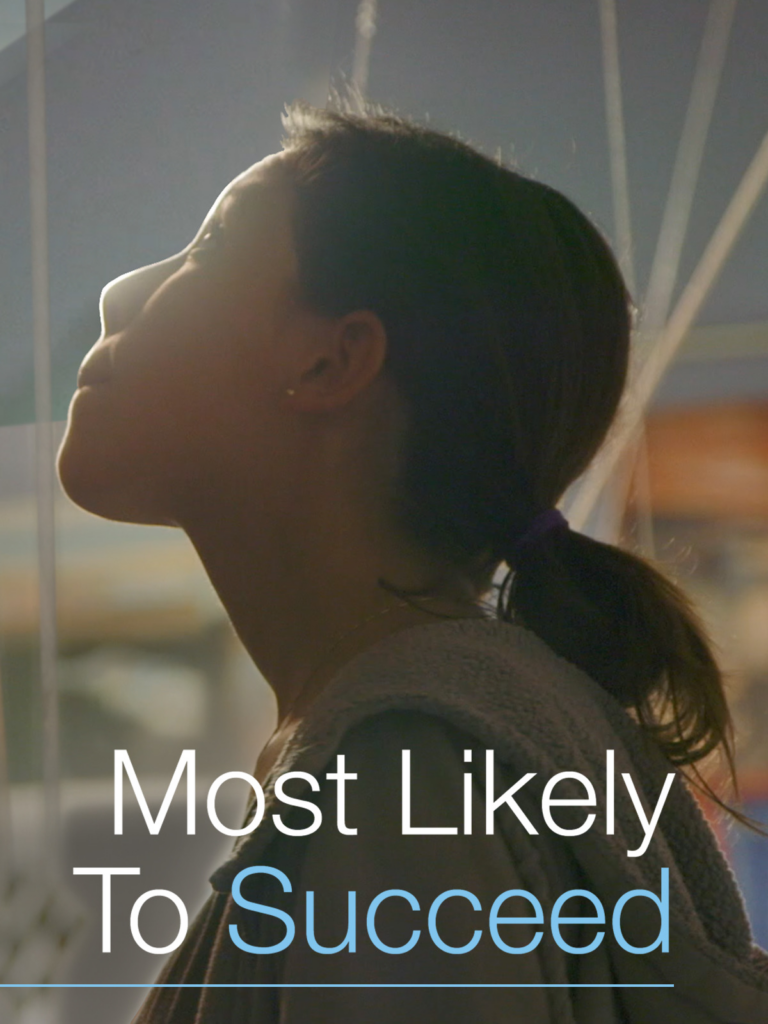
In my most recent blog post, I discussed my most recent progression of obtaining my Pilates instructor certificate by completing the Movement Principles workshop. After discussing the methodology and importance behind this course I am going to speak on my experience. I will describe the structure and meaning of the course, provide a brief outline of my two days, and talk about what I gained from this experience!
Unlike the Reformer 1 course this course took place on Zoom rather than in person to accommodate the many aspiring teachers who reside throughout Canada and the United States. I was slightly hesitant about learning so much information and key movement through a Zoom network but having a very knowledgeable and experienced teacher made the process very smooth. The instructor had another trained teacher model the movements and give us a visual demonstration while she explained. By having this visual demonstration I was able to see how a real body could move, how to make corrections, and the anatomic and kinesthetic aspects of it all which was a very important learning tool for me.
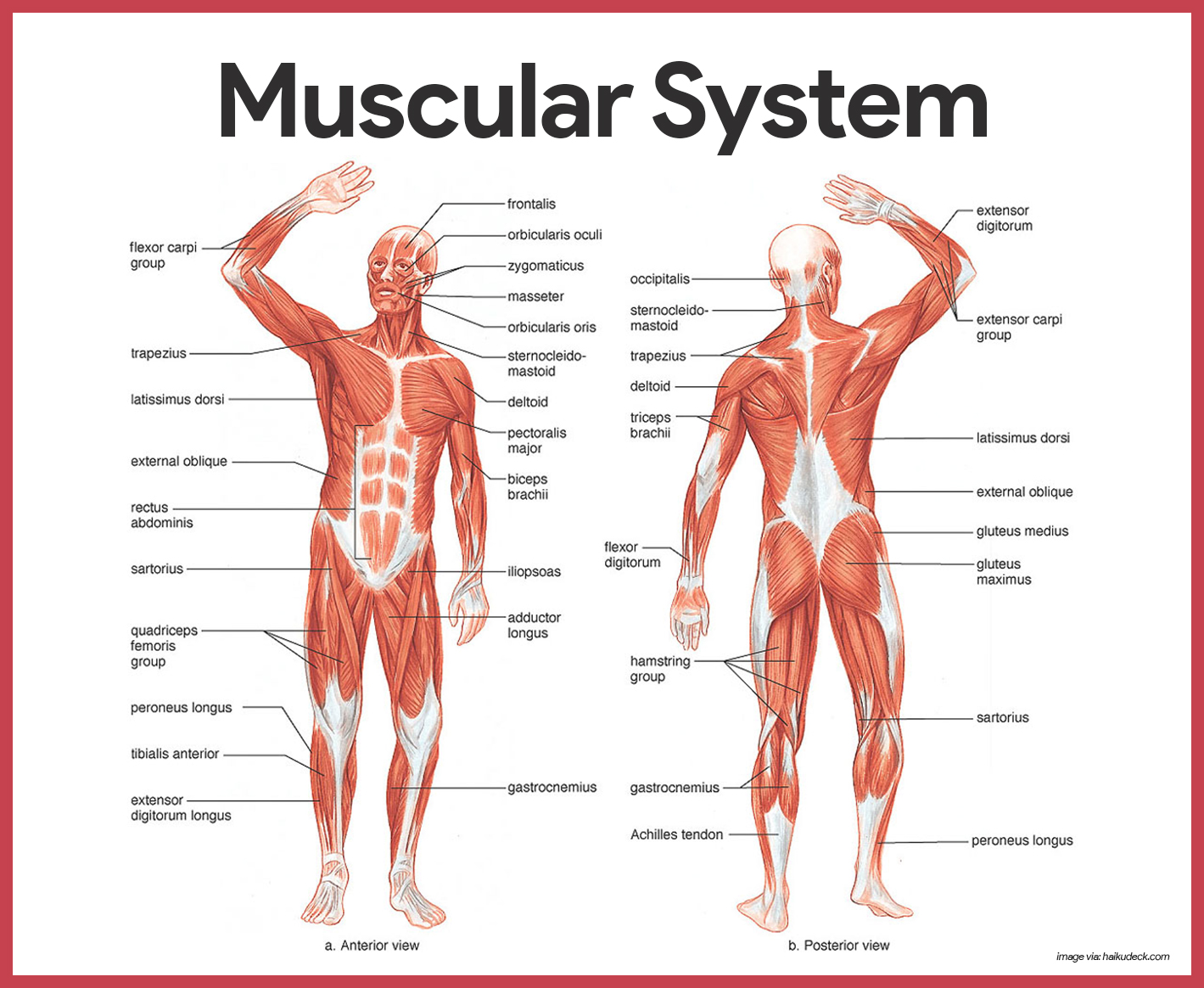
To begin each day we started with some essential foundational movements to get an idea of what types of action we would be practicing throughout the course. After a brief introduction to movement through a warm-up and description we stepped straight into the anatomy and kinesthetic principles behind what we were going to be learning. Throughout the two days, the focus on inner-body connection would foster an even stronger understanding of what I believed were the most simple movements. On the first day, we focused on whole-body movement which covers both simple movements such as stretching and as well as higher-intensity foundational dynamic movements. Whether you are performing a simple slow movement or a more complex fast-paced movement, both serve different purposes and are important in their own way. As we cycled through the movements we would take time to visualize the demonstration of how the skeletal and muscular system is involved in the movement. By taking time to visualize our instructor demonstrating and describing the movements I was able to create a deep understanding of the movement and consider any questions I may have. Seeing these demonstrations allows me to understand how to recognize when corrections are needed and where. While we performed the exercises we were split into breakout rooms to test our knowledge and practice teaching amongst other students. This opportunity provided me with practice to strengthen my confidence and allow my peers to give constructive feedback which I can apply in future teaching.

Learning about the foundations of whole-body movement on the first day created a basis for a general understanding of how we integrate the skeletal and muscular systems into all movements. By beginning with whole-body movement the progression into the upper and lower body was much more structured and I felt that I had a basic understanding of how everything was connected. Learning about each body sector’s movement was quite a similar process following the manual. Each section went into great detail on the foundational movements of the focused region which we would practice very precisely and once we understood the movement we would break it down and look within to visualize how the bone and muscle movements correlate. Practicing the movement before understanding the inner system functions allowed me to feel how the movement targets different areas of my body that I have never noticed. Lastly, we focused on a slowed movement-based approach, similar to yoga, through cool down. Though we have all been told that cool downs are the most important part of our workout it still tends to get neglected. The foundation of Pilates is to lengthen, strengthen, and tone which does not mean we do not cool down but instead, we are always practicing the release of stress. Whether your stress is gathered in feelings or energy it is significantly released through this practice. Focusing on breathing and mind-to-body recognition is the most important part of ensuring your practice is successful and you have released what is not needed.
While reflecting after the completion of this course I am able to see the growth I made in just two days. I was able to understand the true meaning and importance that a mind-to-body connection creates. This connection is extremely vital to the growth of becoming an instructor and being an athlete. While processing through these exercises, being able to see the way everything within the body works together created a new perspective I have never known. The thing I doubted about myself as a teacher most was that I did not understand the anatomy and kinesthetic processes that were within each movement. After the practice of these movements I not only developed a deeper understanding of my body and how it moves, I gained a deeper understanding of how to apply this knowledge as a teacher. I now have confidence that I will be able to promote an environment where students feel safe, knowledgeable, and empowered to continue their movement journey with me.
